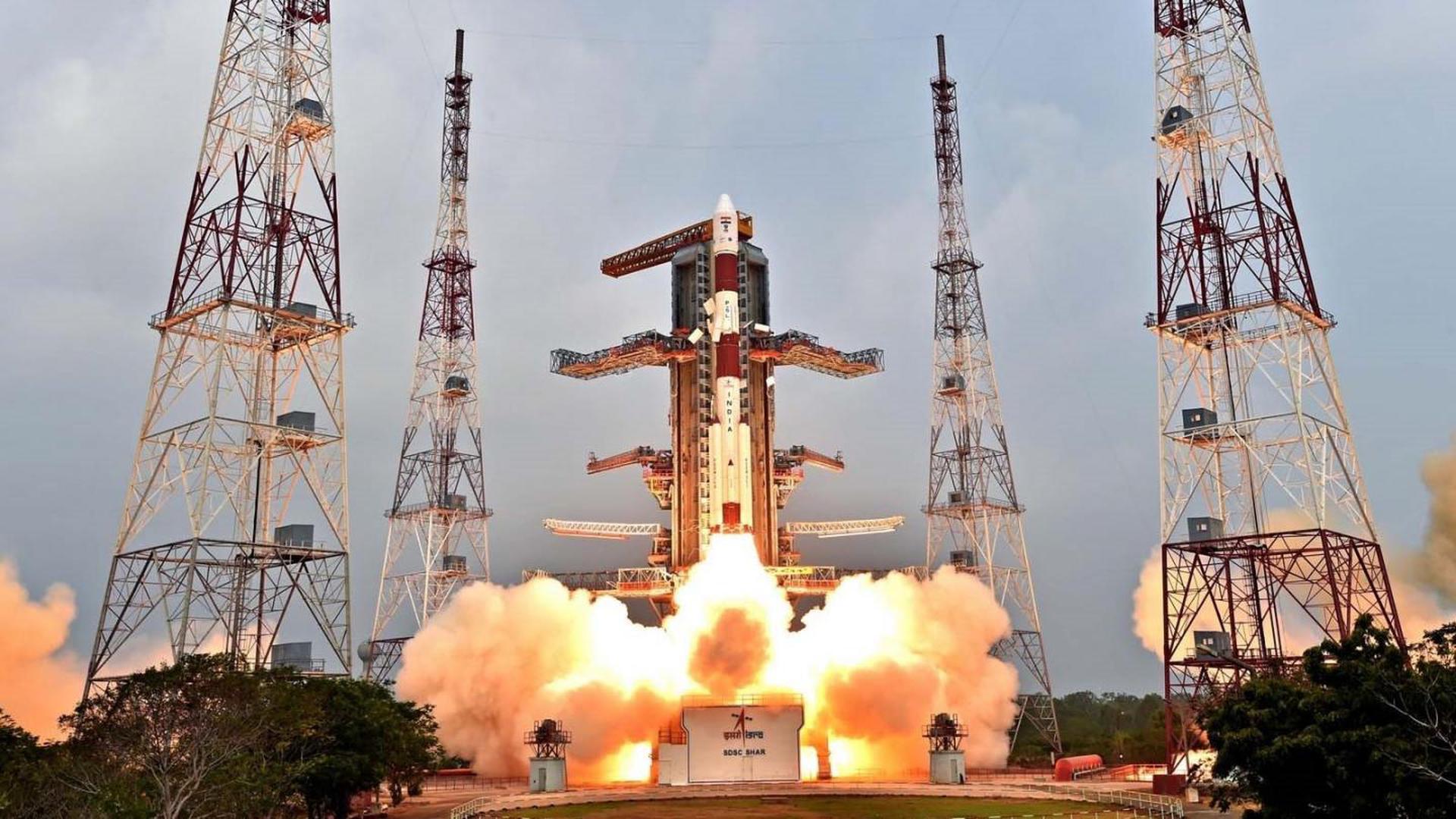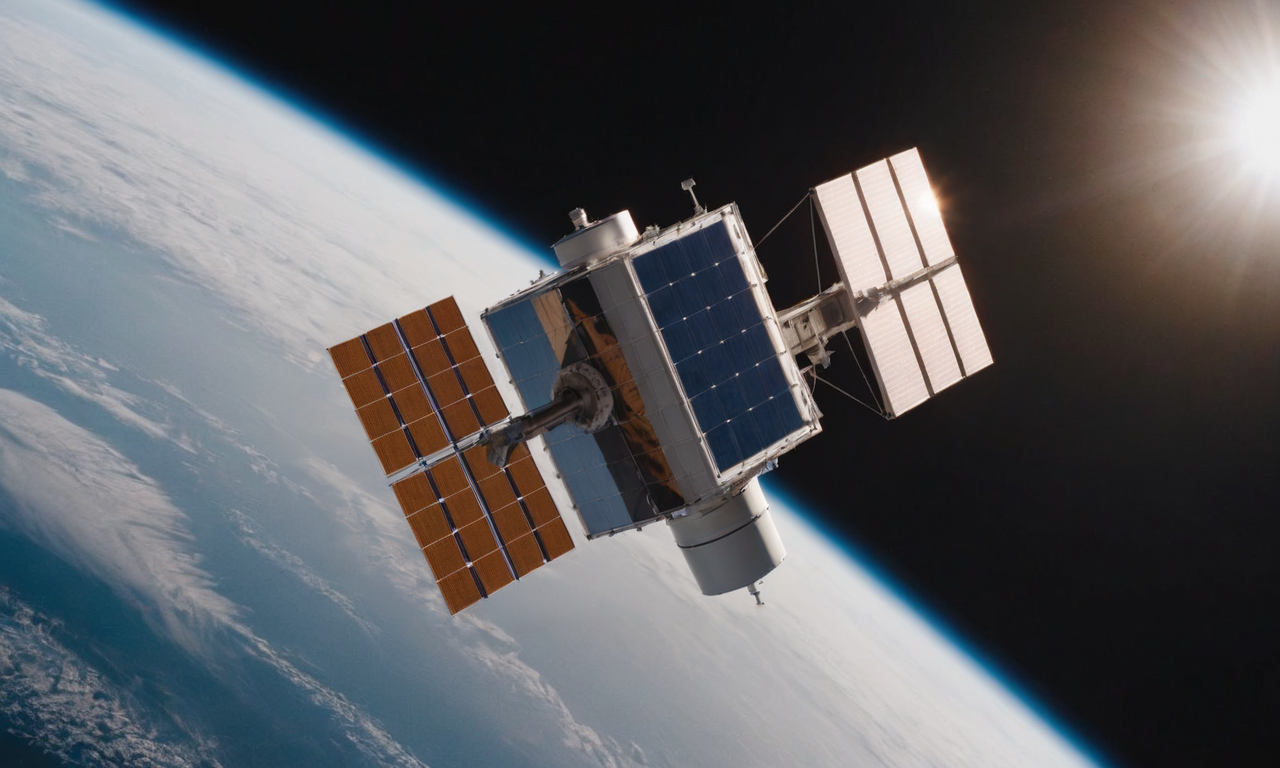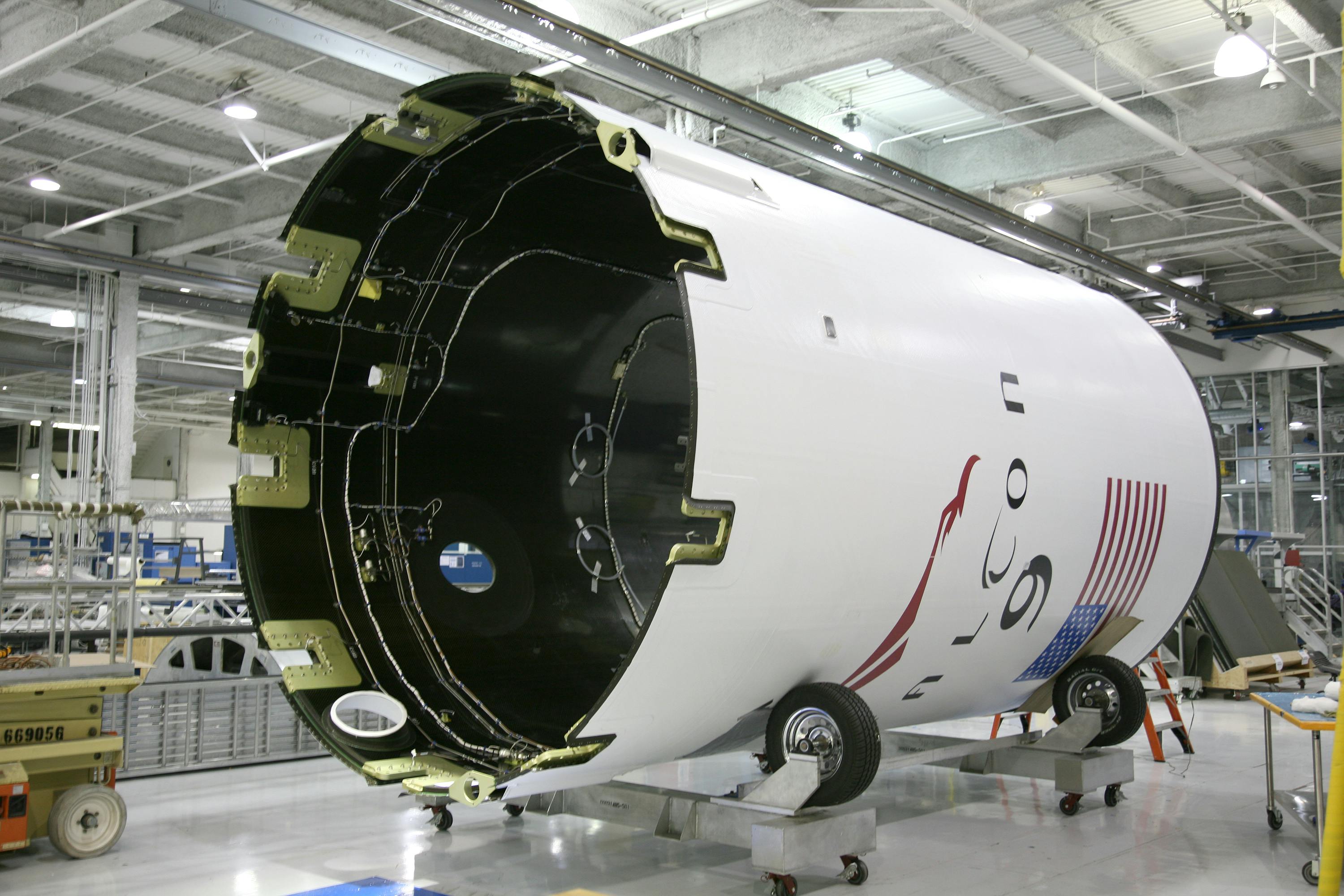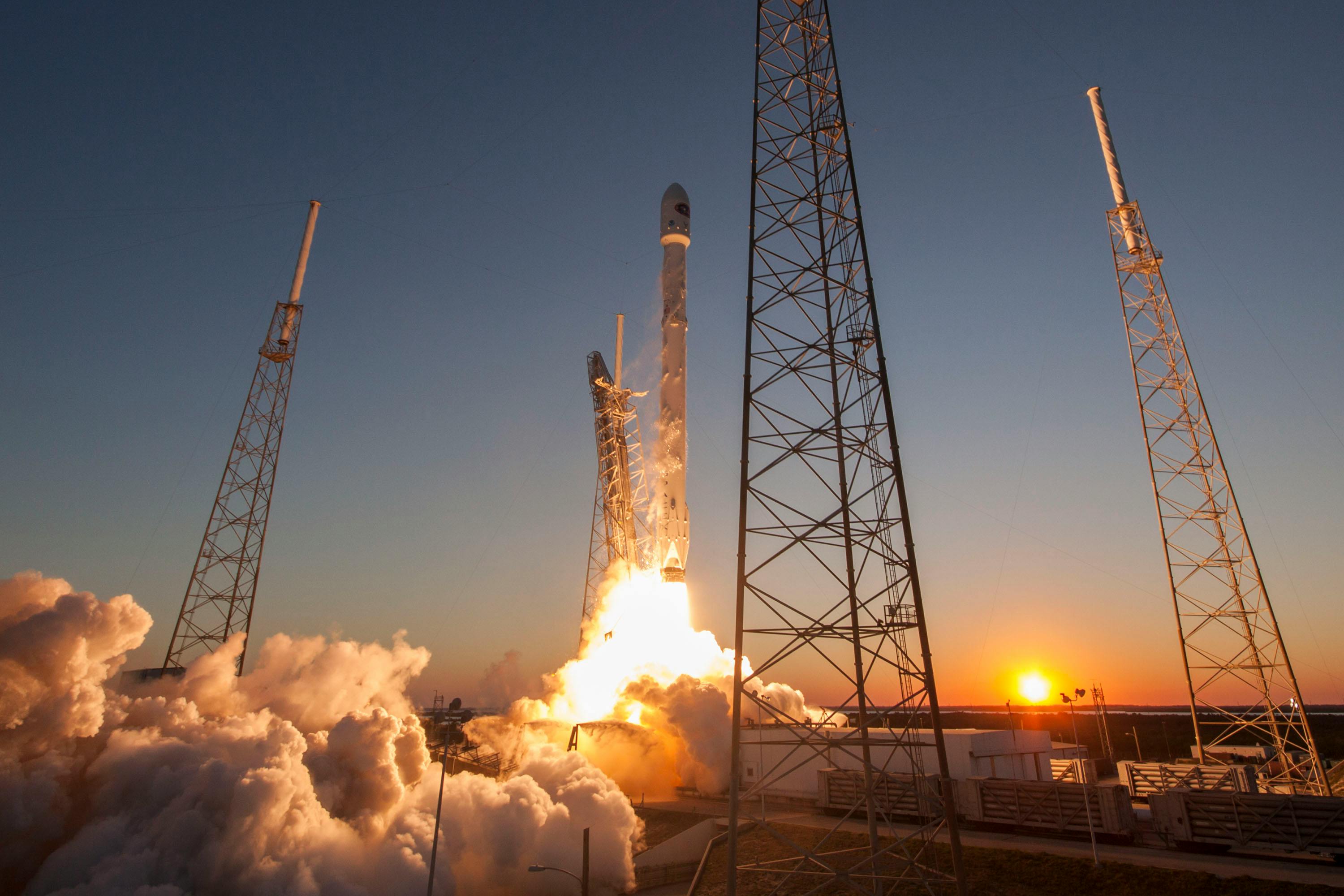· space brief · 6 min read
Space Brief 13 May 2025
China expands its classified satellite series, Space Force advances cloud-based ground station marketplaces, and the Pentagon grows its satellite network partner list. Highlighting new roles for sensor technology in tracking space debris.

📄Top Stories
China has launched new satellites, adding to its classified TJS and Yaogan series, signaling continued expansion in classified space capabilities. The U.S. Space Force is partnering with vendors to create cloud-based ground station marketplaces, while the Pentagon expands its hybrid satellite network with new firms. Technological advances in sensor systems also offer new methods to track space debris reentries.
📰Detailed Coverage
China Expands Classified Satellite Network
China recently launched two new satellites as part of their classified TJS and Yaogan series, over consecutive days. These launches, executed by Long March rockets, underscore China’s ongoing investment in expanding its orbital intelligence capabilities, with potential applications for surveillance, reconnaissance, and communication.
Both satellite series, though shrouded in secrecy, are believed to play key roles in enhancing China’s strategic capabilities in space. These developments could influence global satellite tracking efforts, as observing these assets could provide insight into China’s space strategy. Interested in satellite tracking? Check out our web app for real-time information on active satellites.
Read the full story: SpaceNews
Space Force Advances Cloud-Based Ground Station Marketplaces
The U.S. Space Force has awarded contracts to Auria Space and Sphinx Defense to develop cloud-based ground station marketplace solutions. These initiatives aim to create a “joint antenna marketplace,” streamlining satellite ground operations and improving resiliency and efficiency in satellite communications.
The cloud-based ground station marketplaces will provide flexible and scalable infrastructure for handling diverse satellite data. This move is expected to support both military and commercial satellite operations, enhancing capabilities and offering new opportunities for innovation in the space sector.
Read the full story: SpaceNews
Pentagon Expands Satellite Network Through New Partnerships
In a bid to strengthen its hybrid space architecture, the Pentagon has invited over a dozen new companies to join its initiative. This expansion is part of the Defense Innovation Unit’s effort to integrate commercial technologies into military satellite networks for enhanced operational versatility and data sharing.
The integration of various commercial entities is a strategic move to leverage cutting-edge technologies and offer robust communication solutions that can adapt to modern defense challenges. As this network grows, it promises to incorporate a greater scope of capabilities across different military scenarios.
Read the full story: SpaceNews
Using Sensors to Track Space Debris
Cold War-era infrasound sensors, initially designed to detect nuclear detonations, are being repurposed to track space debris as it re-enters Earth’s atmosphere. These sensors can capture infrasound waves generated by falling debris, allowing researchers to model and predict debris paths and impact zones accurately.
This innovative use of legacy technology highlights an intersection of historical and modern science, expanding our capability to monitor and manage space debris effectively—an ever-growing concern given increased satellite traffic and defunct orbital assets.
Read the full story: Space.com
Rocket Lab’s Innovative Neutron Re-Entry Mission
Rocket Lab has announced a contract with the U.S. Air Force to conduct a Neutron Re-Entry Mission, using their latest medium-lift, reusable rocket. This mission, set for no earlier than 2026, forms part of a broader strategy to develop efficient, point-to-point rapid cargo delivery systems conducive to defense logistics.
The project is part of Rocket Lab’s ongoing innovation in reusable rocket technology, designed to lower costs and increase the flexibility of space missions. The forthcoming mission will significantly impact commercial and military logistics, as well as the continuing evolution of space transportation technology.
Read the full story: SpaceDaily
National Priority: Integrating Commercial Space for Defense
A critical update from the Department of Defense outlines the ongoing prioritization of integrating commercial space solutions into national defense strategies. This effort is part of a broader initiative to leverage the innovative potential of the commercial space sector for enhanced military capabilities.
This integration strategy marks a significant milestone in national defense planning. By tapping into commercial innovation, the DoD aims to bolster its strategic capabilities with cutting-edge tech, ensuring a modern and prepared defense posture against evolving global threats.
Read the full story: SpaceNews
🛰️Satellite Spotlight
- Satellite Name: YAOGAN-35 01A
- NORAD ID: 49390
- Launch Date: November 6, 2021
- Mission: Earth observation or Signals Intelligence (SIGINT)
- Orbit: Low Earth Orbit (LEO)
- Operator: ZZB (Zhongguo Zhanwang Bianzhi)
- Fun Fact: YAOGAN-35 01A is designed to enhance China’s capabilities in Earth observation and intelligence gathering.
Track this satellite in real-time on our web app: Track YAOGAN-35 01A
🌌Space Weather
Space weather conditions are currently quiet.
R0 - S0 - G0
Next 24 Hours: For satellite owners and operators, there is good news as there is no risk of radio blackouts or solar radiation storms expected in the next 24 hours. This stability is ideal for smooth satellite operations and communications. Ground-based radars and telescopes will also benefit from these calm conditions, leading to clear observations without interference. Users reliant on satellite communication can proceed without concern for disruptions. There’s a slight chance for R1-R2 (Minor-Moderate) radio blackouts on May 13-15, but nothing immediate poses a threat.
Beyond: Looking ahead from May 12 to June 7, 2025, solar activity is anticipated to remain predominantly low, which should mean a stable environment for satellite operations overall. There is a chance of M-class flare activity, but no proton events are expected at geosynchronous orbit, reducing risks of radiation impact. The greater than 2 MeV electron flux at geosynchronous orbit will see moderate levels from May 6-28 and again on June 6-7. However, high levels will occur from May 29 to June 5 due to coronal hole high-speed stream (CH HSS) influences. Minor geomagnetic storms are expected between May 28 and June 1 under negative polarity CH HSS conditions, with active levels likely on May 13 and again on June 2 and 6. Most days will experience unsettled levels with some quiet intervals, making planning for satellite operations and communications easier during the upcoming period.
🚀 Upcoming Space Launches
May 14
-
China Aerospace Science and Technology Corporation Long March 2D:
- Unknown Payload from Jiuquan Satellite Launch Center, People’s Republic of China (04:03 UTC)
- Details TBD.
-
SpaceX Falcon 9 Block 5:
- Starlink Group 6-67 from Cape Canaveral Space Force Station, FL, USA (15:43 UTC)
- A batch of satellites for the Starlink mega-constellation—SpaceX’s project for space-based Internet communication system.
-
Gilmour Space Technologies Eris-1:
- Maiden Flight from Bowen Orbital Spaceport (21:30 UTC)
- Maiden flight of Gilmour Space’s orbital launch vehicle Eris.
May 15
- LandSpace Zhuque-2E:
- Unknown Payload from Jiuquan Satellite Launch Center, People’s Republic of China (04:04 UTC)
- Details TBD.
May 16
- SpaceX Falcon 9 Block 5:
- Starlink Group 15-5 from Vandenberg Space Force Base, CA, USA (13:00 UTC)
- A batch of satellites for the Starlink mega-constellation—SpaceX’s project for space-based Internet communication system.
May 17
- Rocket Lab Electron:
- The Sea God Sees (iQPS Launch 2) from Rocket Lab Launch Complex 1, Mahia Peninsula, New Zealand (08:15 UTC)
- Synthetic aperture radar Earth observation satellite for Japanese Earth imaging company iQPS.
May 18
- Indian Space Research Organization PSLV-XL:
- EOS-09 (RISAT-1B) from Satish Dhawan Space Centre, India (00:00 UTC)
- RISAT-1B is the third in the series of radar imaging RISAT-1 satellites of ISRO using an active C-band SAR, providing all-weather and day-and-night SAR observation capability for various applications including agriculture, forestry, and military surveillance.
Note: Launch dates and times are subject to change due to technical or weather considerations.

Maurice Stellarski





